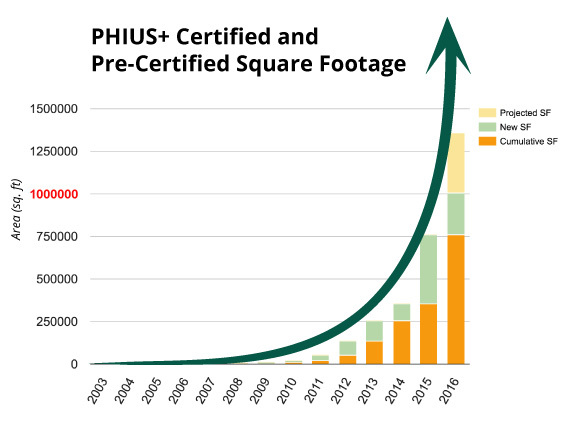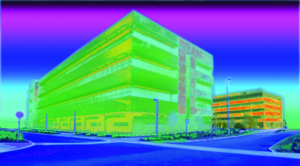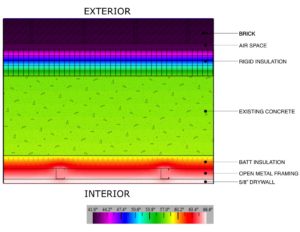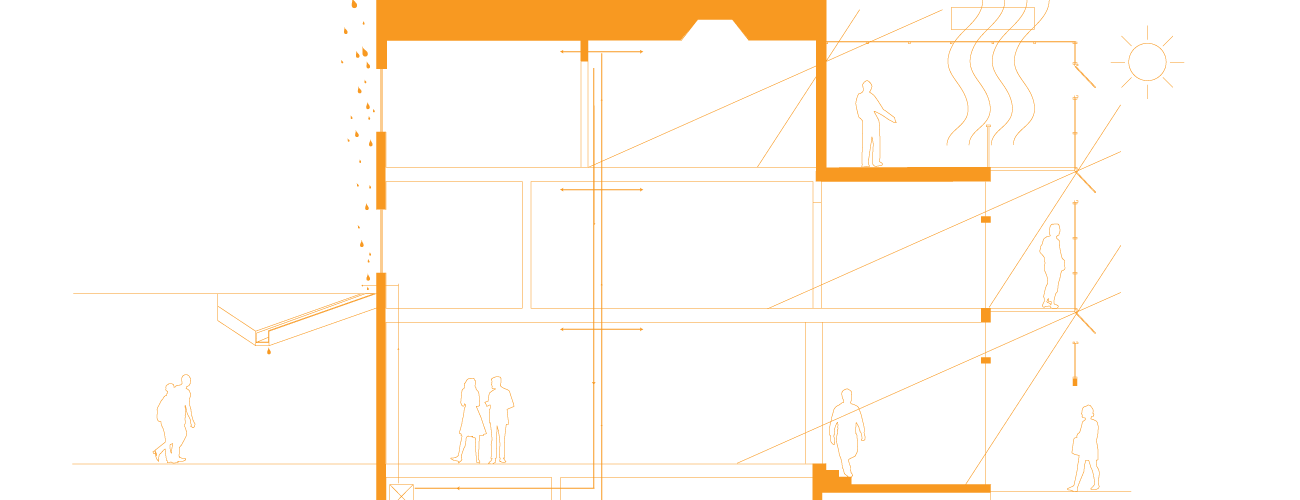Passive House Goes to Work
As has been the case in Europe for some time, there is an emerging trend in this country towards using Passive House design principles on commercial projects. This is due in part to an emerging awareness of the benefits of Passive House design and a natural evolution to larger and more complex projects. Another large driver is a growing understanding that these principles are necessary to design buildings that will approach the low and net zero energy targets that are becoming more common.

Exponential growth of all Passive House projects measured by total square footage. source: PHIUS.
The benefits of Passive House design are similar regardless of project type: radically reduced energy consumption, a well-built and long-lasting building envelope, significantly smaller mechanical equipment, fresh indoor air, and significantly lower operating costs. The requirements of Passive House design¹ are essentially the same regardless of project type and consist of four performance metrics:
- Maximum annual heating and cooling demand levels established based on the project site’s climate characteristics. In the Pittsburgh area, these limits are 5.7 kBTU/sf/yr for heating and 3.3 kBTU/sf/yr for cooling.
- Peak heating and cooling loads similarly established based on the project site’s climate characteristics. In Pittsburgh, these limits are 4.6 BTU/sf/hr for heating and 4.2 BTU/sf/hr for cooling.
- An airtight envelope with a maximum air infiltration rate of 0.05 cfm per square foot of envelope at a pressure differential of 50 Pascals.
- A total primary energy demand of 6,200 kWh/yr/person (note that this is primary energy demand meaning at the power source – with a grid mix like the Pittsburgh area, this translates to a total site energy demand of just 1,800 kWh/yr/person²).

A thermal image comparing two similar buildings. source: Johns Manville, found in Construction Canada, 2013.
For commercial projects and buildings larger than a typical house or small apartment building, a couple of the requirements are adjusted accordingly:
- For buildings five stories and above that use noncombustible construction, the airtight envelope requirement is relaxed to an air infiltration rate of 0.08 cfm per square foot of envelope at a pressure differential of 50 Pascals. Even with this increase, this air infiltration rate is significantly lower than current energy codes.
- For commercial buildings, the primary energy demand is based on square footage instead of the number of people in the building. The maximum total primary energy demand for commercial buildings is 38 kBTU/sf/yr. Like the residential standard, this is the primary energy demand at the power source. In the Pittsburgh area, this is equivalent to a site energy demand of just 11 kBTU/sf/yr².

A THERM heat flow analysis of a building wall section
While these requirements are exacting in terms of how a building must perform, the Passive House standard does not dictate how these requirements are achieved. There are tried and true approaches, primarily a well-built and insulated envelope, but designers are free to incorporate regionally appropriate systems and construction techniques so long as the performance standards are met. The result is buildings that are dramatically more energy efficient than typical construction following the current standards and codes. By reducing the energy demands of a building so significantly, it becomes possible to offset the remaining energy needs with on-site renewable sources and achieve net-zero energy use.
[1] These are the requirements of the Passive House Institute US; the requirements of the competing Passive House Institute are very similar
[2] Using a site-source energy factor of 3.443 from the 2007 “Source Energy and Emission Factors for Energy Use in Buildings” published by NREL


